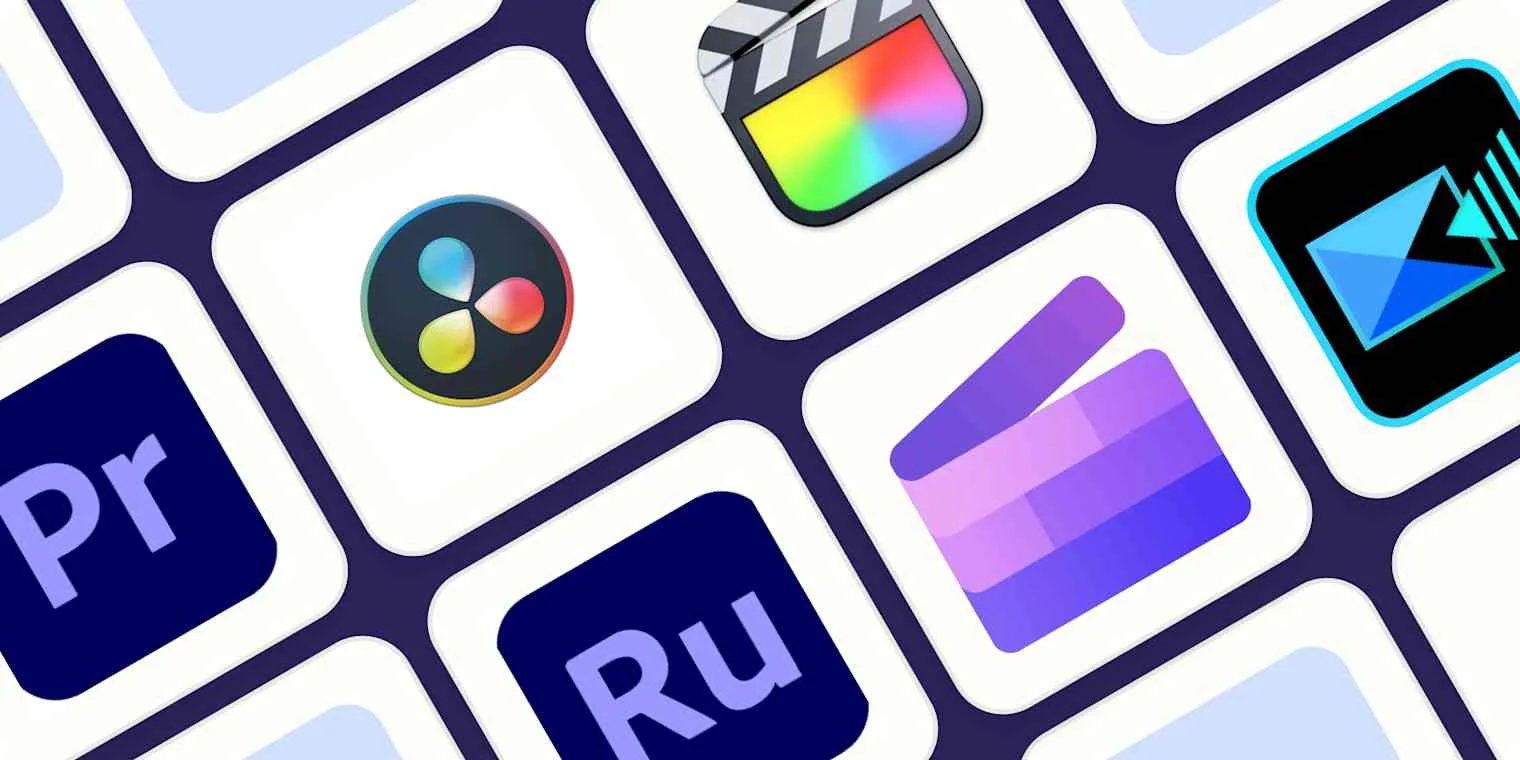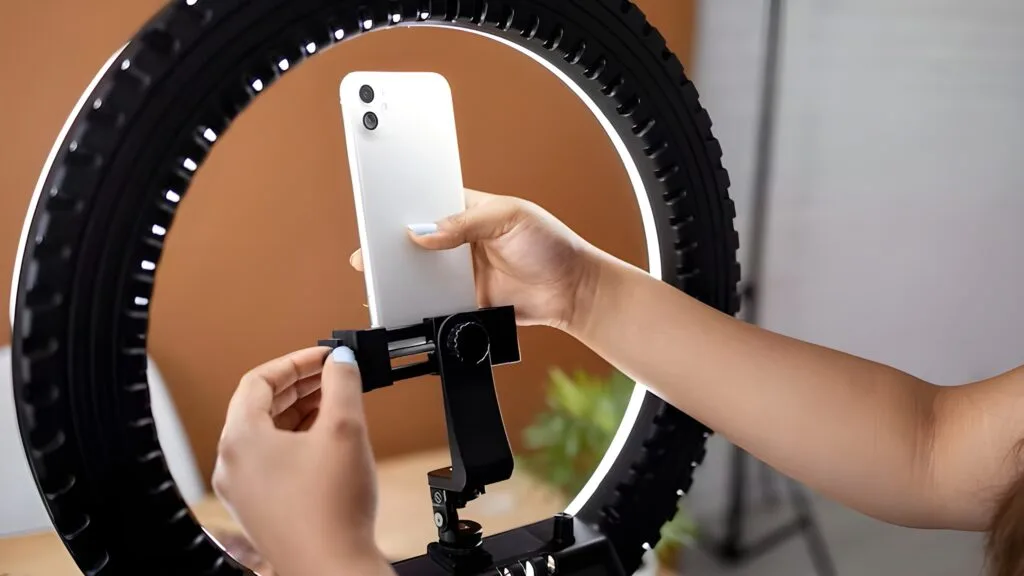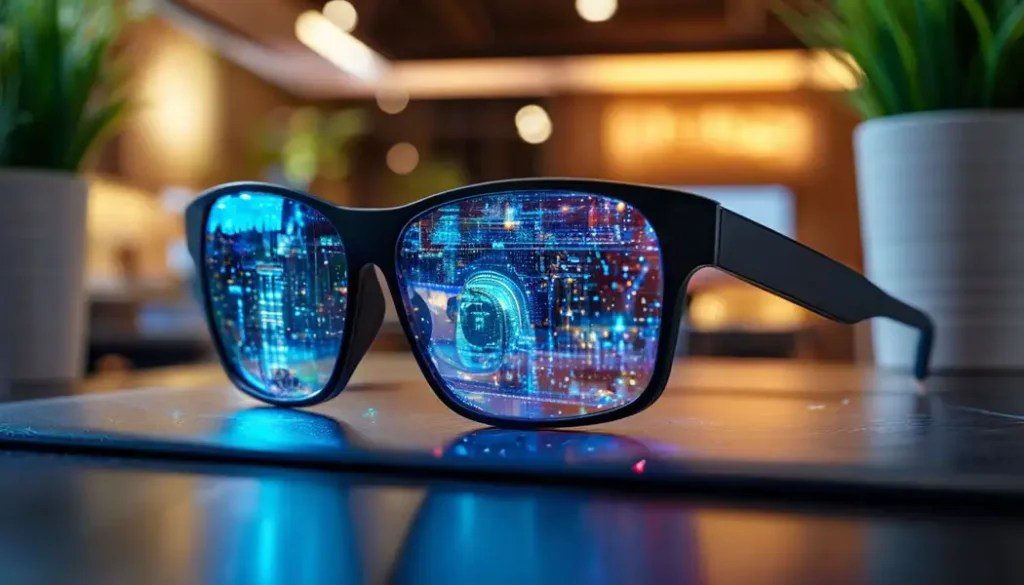Vlogging is becoming more accessible thanks to the proliferation of platforms like YouTube, TikTok, and Instagram. Video is being used by millions of people to communicate and connect with an audience, from daily life updates to travel diaries and product reviews. When starting a vlog, what are the essential things that beginners should consider?
Starting with basic equipment is not necessary, but having the right tools can significantly enhance your video quality, sound, and workflow. Nevertheless… it’s worth it. Here, we break down the essential vlogging gear for beginners: practicality — and wallets — cheap. Why buy me?
1. What is the Best Starting Point for a Camera: Entry-Level, From Home Camera
Many accomplished vloggers began their journey with only a smartphone. With a newer iPhone or Android, the built-in camera is likely capable of shooting in 1080p or 4K resolution.
If you’re after a camera that can be used for beginners and capture future growth, this is the one to consider. Examples include:
- Canon PowerShot G7 X Mark III is celebrated for its small dimensions and high-quality video.
- Sony ZV-1 – Vloggers will appreciate the built-in features like face tracking and background blur.
- GoPro HERO12 Black – Its portability and stability make it a perfect choice for action, outdoor, or travel vloggers.
For a beginner’s first camera, consider features such as flip screens for self-framing, excellent autofocus, built-in stabilization, and external mic input.
2. Microphone: Clear Audio is Non-Negotiable
The significance of audio is equal to or greater than that gained from video resolution. Even with high-quality visuals, sound can be distracting. Why?
The following are some inexpensive and dependable microphones that are ideal for new users:
- Rode VideoMicro is a small microphone that can be directly connected to your smartphone or camera.
- BOYA BY-M1 – For interviewing or recording talks, the Lavalier Mic is a cost-effective and excellent choice.
- Rode Wireless GO II provides greater flexibility for those who plan to move around during filming.
Whenever possible, avoid using only the internal microphone of your camera or phone when recording loud noises. This is particularly important.
3. Can a Tripod or Handheld Grip Help Stabilize Your Video Recording?
To avoid distracting yourself, it is important to use a tripod or stabilizer when filming shaky footage. It’s not necessary for beginners to have professional-grade gimbals; adding just a basic tripod or grip can greatly enhance stability.
Options to consider:
- Joby GorillaPod – The flexible material can be used to wrap around poles and trees or even rough terrain.
- Ulanzi MT-16 – Compact and lightweight, it is equipped with extendable legs for cold shoe mounting.
- DJI Osmo Mobile SE – Vlogging is a phone-only activity that can be covered using handheld smartphone gimbals.
Using a tripod during tutorials, interviews, or product reviews can help free up your hands.
4. It is Important to Not Underestimate the Value of Good Lighting
The quality of video can be greatly improved by using lighting, even with a simple camera. Although you can rely on natural light for photography, a small amount of lighting is essential when shooting indoors or at night.
Recommended beginner lighting:
- Ring lights – For beauty, tutorials, and indoor vlogs, these are the perfect choice.
- Portable LED panels – The ability to adjust the brightness and color temperature allows for greater versatility.
- Clip-on lights – Compact cameras and clip-on lights are ideal for vlogging on the go.
A proper setup can improve the image’s clarity, color accuracy, and make your video look more professional.
5. The Most Effective Smartphone Accessories for Your Everyday Life
To get started with your smartphone, consider investing in some affordable gadgets that can boost your content:
- Keep your device steady with either phone holders or tripod mounts.
- The ability to attach lenses for wide-angle, macro, or fisheye enhancements.
- Filming on location requires the use of external microphones and lights.
Many smartphone kits now come with a tripod, mic, and LED light so you can get started easily with little effort.

6. Editing Software: Work on Your Videos
After capturing your footage, editing is where you weave your tale. You don’t have to break the bank to start; there are plenty of free or inexpensive programs that pack a punch for novices.
Some high-ranked novice editing programs are:
- DaVinci Resolve – Pro-level features with a free version.
- iMovie (Mac) – Easy and efficient for light editing.
- CapCut – Popular smartphone editing app with intuitive tools and effects.
- Filmora – Easy-to-use interface with built-in effects and templates.
Clean cuts, audio balance, and adding text or music can amplify your message.
7. Backpack or Organizer: Keep Your Gear Safe
As your inventory of gear increases, it becomes more important to stay organized. A quality vlogging backpack or organizer case keeps your camera, mic, batteries, and accessories safe and within reach while traveling.
Features to consider:
- Padded compartments
- Water-resistant material
- Self-contained cable pockets, SD card slots, and charger ports
Last Word
You don’t need to have a professional studio or break the bank to vlog. Most of today’s largest personalities began with very little gear and built from there. Start where you are, add in the basics like audio and lighting, and focus on honing your storytelling and consistency.
Keep in mind that gear assists—but passion, personality, and material are what really make your vlogs worth viewing.


